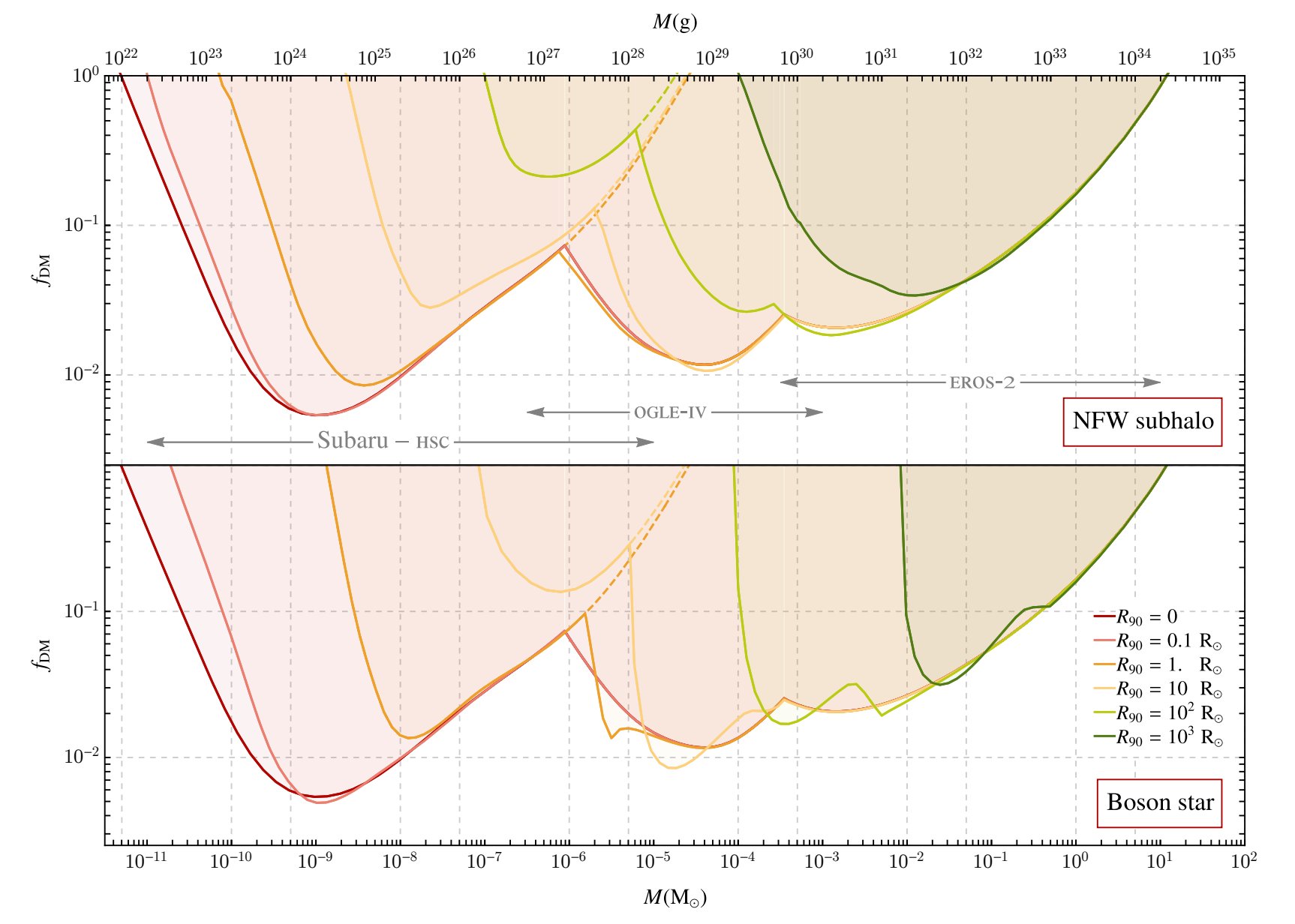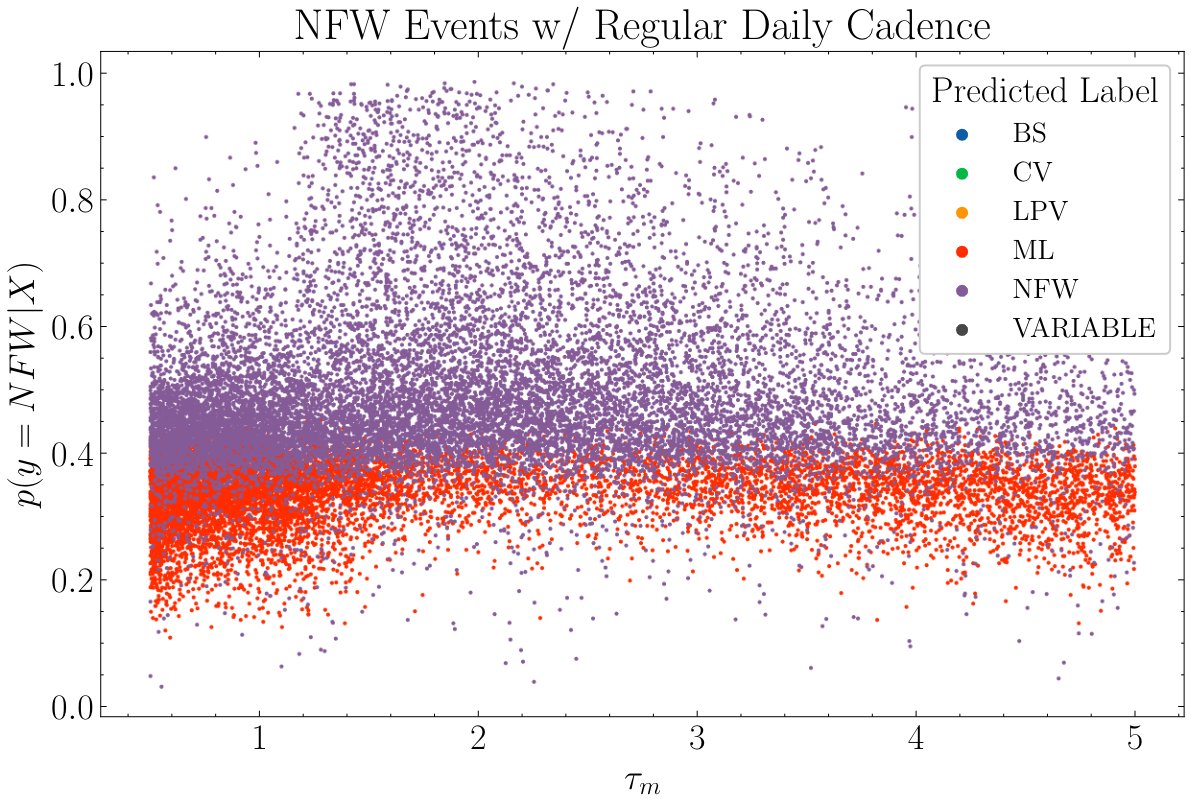Dark matter through a new lens
In my latest work, written in collaboration with Miguel Crispim Romao, we dive deep into the gravitational nuances of dark matter through the use of machine learning:
“Microlensing Signatures of Extended Dark Objects Using Machine Learning,”
Before diving into the details, let’s establish some basics. It’s widely accepted that dark matter exists, primarily evidenced through its gravitational effects. Many theories propose that dark matter has a complex structure, including elements like primordial black holes, boson stars, and other substructures. This complexity leads to a natural question: can we detect these substructures through their gravitational interactions?
Enter gravitational microlensing, a phenomenon predicted by Einstein’s theory of relativity. When a massive object passes in front of a distant light source, it can magnify or even duplicate the light seen by observers on Earth, without resolving the images individually. This effect has been a critical tool in setting constraints on the existence of primordial black holes.

But what about non-point-like, or extended, dark matter objects? Alongside collaborators Nirmal Raj and Dave McKeen, I previously explored this question, resulting in two neat papers in 2020. We discovered that extended objects could alter the expected magnification light curve’s shape, opening a new avenue for investigation.

Fast forward to now, Miguel C. Romao and I revisited these light curves with a modern twist: machine learning. By adapting MicroLIA, a machine learning package designed for microlensing data, we’ve made strides in distinguishing the signatures of extended objects from point-like sources and other celestial bodies.

Our research utilized simulated light curves and realistic observational timestamps to train our models. The results were promising, particularly for identifying boson stars, which have a relatively flat mass distribution, within certain radii ranges.


We also speculated on the impact of more regular observational cadences, revealing the potential to recognize even more peaked structures, like NFW-subhalos, across a spectrum of radii.

This study not only refines our understanding of dark matter’s elusive nature but also sets the stage for future microlensing observations, such as those anticipated from projects like NASA’s Roman Space Telescope.
We’re thrilled to share our findings and invite you to delve into the study here: Arxiv Link. For those interested in the technical side, our code and dataset are publicly available for further exploration.
A huge shoutout to Miguel C. Romao for the productive and enjoyable collaboration. We’re looking forward to pushing the boundaries of dark matter research even further!